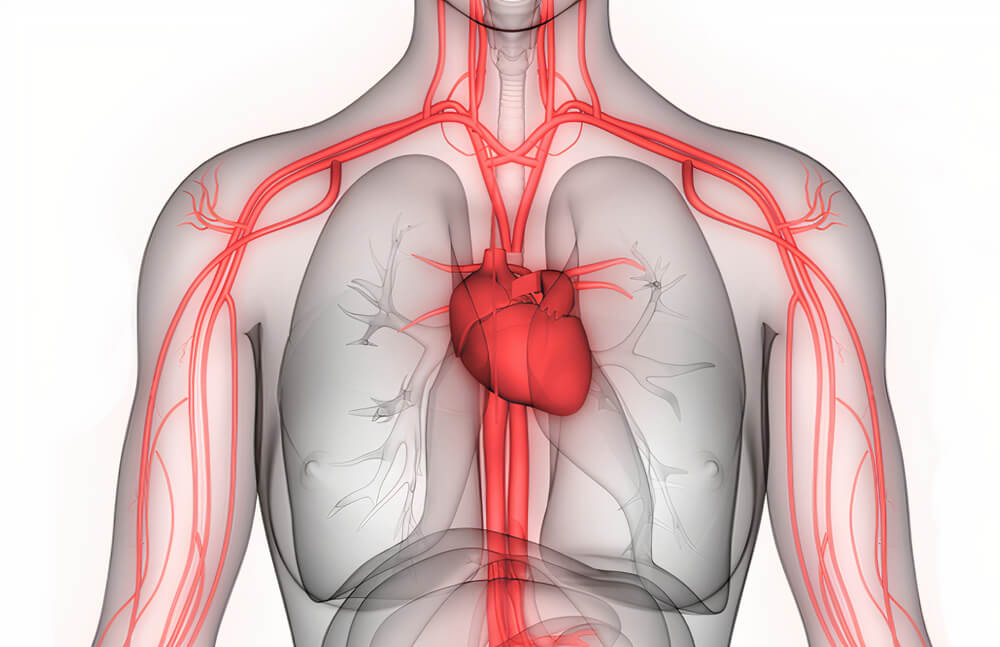5. Cardiac contractility and conduction:

Calcium balance is also important for cardiac contractility as it is necessary for calcium to be influxed In large amounts during systole to trigger muscle contractility by the sliding of troponin filaments in relation to the propagated action potential from the Sa node and it should be effluxed from the heart during diastole to help the cardiac muscle to relax and fill with blood. in contrast, low calcium levels hypocalcemia facilitate sodium transport as there is no inhibition of the sodium channels leading up to hyperexcitability and if the calcium levels exceed 50% below normal it can lead to the spontaneous firing of nerve impulses giving tetanic muscle contraction


